Death and Dying in the Working Class, 18651920THE WORKING CLASS IN AMERICAN HISTORY
Editorial Advisors
James R. Barrett, Julie Greene, William P. Jones, Alice Kessler-Harris, and Nelson Lichtenstein
A list of books in the series appears at the end of this book.
Death and Dying in the Working Class, 18651920
MICHAEL K. ROSENOW
University of Illinois Press
URBANA, CHICAGO, AND SPRINGFIELD
2015 by the Board of Trustees of the University of Illinois
All rights reserved
Manufactured in the United States of America
1 2 3 4 5 C P 5 4 3 2 1

This book is printed on acid-free paper.
ISBN 978-0-252-03913-3 (hardcover)
ISBN 978-0-252-08071-5 (pbk.)
ISBN 978-0-252-09711-9 (e-book)
Library of Congress Control Number: 2015932947
For Trisha, Bryant, and Brady
Contents
Illustrations
Map
Tables
Figures
Acknowledgments
Writing a book on death and dying has required a vibrant, and lively, network of support. The project first took shape during my graduate studies at the University of Illinois. A spirit of camaraderie and shared intellectual endeavor made Urbana-Champaign a wonderful place to study. Faculty and graduate students made the seminar rooms places of lively debate and reasoned reflection. Members of the Working-Class Reading Group endured reading chapter drafts and provided key insights for improving the project. For their help and encouragement in these venues and beyond, I would like to thank Professors Sundiata Cha-Jua, Clare Crowston, Max Edelson, Kristin Hoganson, Fred Hoxie, Diane Koenker, Craig Koslofsky, Mark Leff, and John Marsh. Thanks also to graduate students Jen Guiliano, Dave Hageman, Brian Hoffman, Kwame Holmes, Brian Ingrassia, Danielle Kinsey, Michelle Kleehammer, Julilly Kohler-Hausmann, Bryan Nicholson, Karen Phoenix, Karen Rodriguez, and Anthony Sigismondi. Others provided valuable help from afar. I greatly appreciated the advice and friendships of Ken Fones-Wolf, Toby Higbie, Lou Martin, Sarah Rose, Tsuguyoshi Yoshi Ueno, and Greg Wood.
Some friends and colleagues were especially important during the projects early stages and helped nurture it along. Will Cooleys astute observations and frequent suggestions for sources proved both welcome and invaluable. Tom Mackaman provided keen insights, and I treasured our conversations about the worlds of life and labor during the first decades of the twentieth century. Melissa Rohde shared her unique gift for probing the limits of historical categories and pushed me to more fully engage assumptions in my work and in the field of labor history. Jason Kozlowski offered incisive suggestions and listened patiently as I rambled about research and writing during weekly meetings over coffee.
Kathryn Oberdeck, Elizabeth Pleck, and David Roediger all challenged me to become a better historian during my research and provided excellent suggestions. Few words can express the appreciation I have for my mentor and friend Jim Barrett. His passion for the past first infected me as an undergraduate student sitting in a crowded lecture hall. As I worked to become a historian, he taught me the multifaceted responsibilities of being a historian, from nurturing students intellectual development to maintaining civic engagement outside the walls of the academy.
My colleagues at the University of Central Arkansas provided encouragement, advice, and support. Thank you to Ken Barnes, Jim Brodman, Wendy Castro, Chris Craun, Lorien Foote, Sondra Gordy, Joe Green, Matt Harper, Don Jones, Story Matkin-Rawn, Dave Neilson, David OHara, Roger Pauly, and David Welky.
My research benefited from generous funding from the Illinois Program for Research in the Humanities, the Center on Democracy in a Multiracial Society, the Illinois State Historical Society, the Departments of History at the University of Illinois and University of Central Arkansas, and the University of Central Arkansas University Research Council.
Finally, and most of all, I want to thank my family. My mom, Pat Rosenow, inculcated in me her beliefs of the power of education and the virtue of hard work. Cris and Lon Hicks welcomed me into their family and have exhibited patience and generosity that have often left me in awe. Trisha, my cherished partner, has provided unwavering support. She endured the self-imposed poverty of graduate school with grace and firmly, but lovingly, motivated me to finish in a timely manner and get a real job. My two sons, Bryant and Brady, made this journey both enjoyable and worthwhile. They cheerfully embraced vacations to archives and libraries; they offered welcome respite from the rigors of research and writing through play. My familys unconditional love and support reminded me daily about the joys of living even while I studied the dead.
Death and Dying in the Working Class, 18651920Introduction
In Search of John Henrys Body
John Henry was a steel-driving man. Forged from the shackles of slavery, Henrys hammer built railroads that propelled the United States economy. He was also one of the most famous men murdered by industrialization. In an act of principled bravado, Henry took a stand and agreed to race a machine that threatened to mechanize railroad construction. Whichever won, man or machine, could claim the glory. Henry prevailed, but he paid a pricehis life. The John Henry legend, which continues to be told and retold, has longevity for good reason. It depicts a nation coming to grips with industrialization, celebrates black masculinity and the fortitude of human labor, and recognizes that the stakes of the economic and social transformations of the late nineteenth century could not have been higher.
But what happened to John Henrys body? Some versions of the legend bury Henry near a nondescript white house. Others do not bury him at all. His death punctuates the story as the peak of drama, the most piercing spike through the heart of a mechanizing country devoid of moral reckoning. Yet the dramas that unfolded after Henrys fatal collapse are just as important, just as gendered, just as crucial to understanding his climactic race with the steam drill and his untimely demise. If Henry was a free laborer, his death would have initiated a series of ritualstransporting the body, holding a wake or memorial, performing burial rites. If Henry was a convict laborer during the 1870s, as historian Scott Reynolds Nelson suggests, his body would have been simply tossed aside to be buried in the sand along the track, and no one was the wiser. Henrys living body carried the hopes of dignity in the face of degradation, and his story lived on through song and legend. His dead body disappeared.
Vanderbilts wealth and power commanded attention as he slid toward death. Newspaper reporters watched the residence at 10 Washington Place in New York City day and night and devoted columns to update the public on the Commodores health, what he had eaten, and how he had slept. On January 4, 1877, Vanderbilt died at the age of eighty-three. His funeral on January 7 attracted the great and powerful, past and present who wanted to pay respects to the tycoon. After a viewing of the body and a service at the Church of Strangers, Vanderbilt was laid to rest in the family tomb. The tomb was only one monument to the Commodore. He left others. Railroads, Grand Central Depot in New York City, and Vanderbilt University were all tangible reminders of the life of one of the wealthiest Americans to have ever lived.
The fate of the two bodiesJohn Henrys and Cornelius Vanderbiltsreveals the dramatic tensions that characterized the United States after the Civil War through the era of World War I. Hundreds of thousands of workers died in service to industrialization. They gave their lives to fuel the United States economic engines and propel it to technological, economic, and political preeminence. Leading businessmen like Vanderbilt organized capital, profited handsomely, and wielded unprecedented influence. If workers were casualties in the United States industrial army, the corporate titans were the victors left standing to enjoy the spoils of war. These changes to the American economy and the relationships they produced forced Americans to reassess the meaning of life and death. The rituals of dying and the politics of death provided a running commentary on how Americans struggled to understand the broader forces transforming their world. The ways social class shaped Americans attitudes toward death have largely been buried in the past, un-exhumed and unexamined.

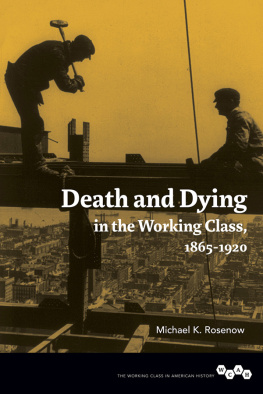

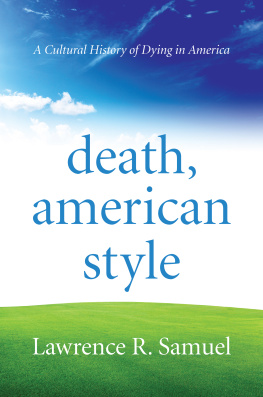
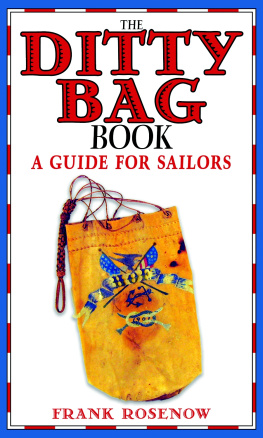
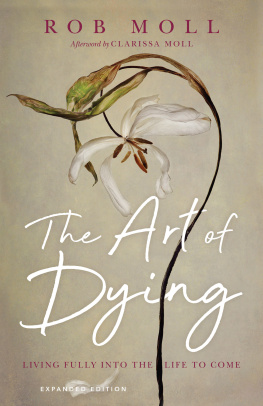
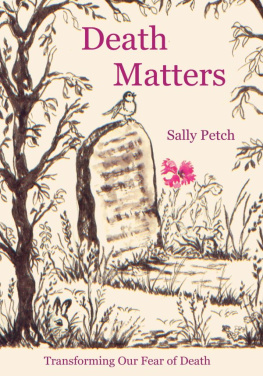
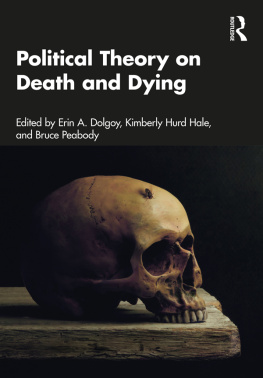
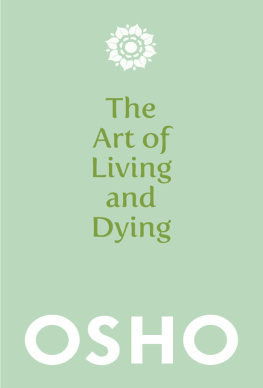
 This book is printed on acid-free paper.
This book is printed on acid-free paper.